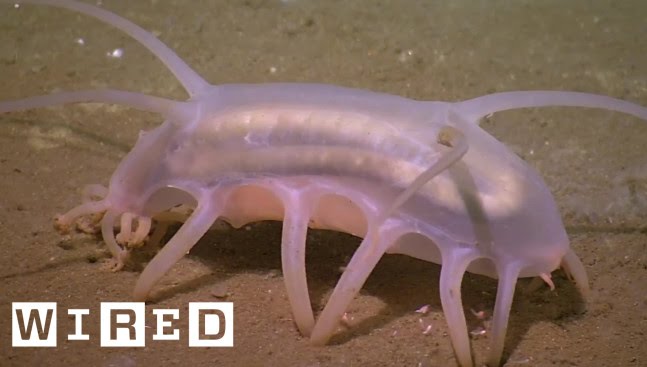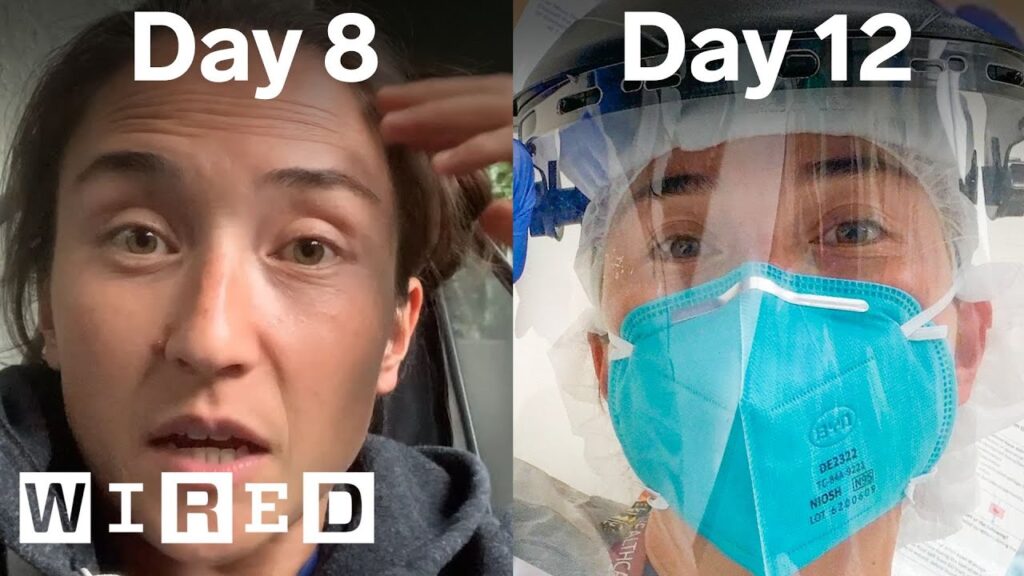The Role of Insects in Solving Mysterious Deaths
Summary
Insects can provide valuable evidence in solving mysterious deaths. Forensic entomologists use the biological clock of insects to estimate the post-mortem interval (PMI), identify the location and time of death, and even provide an alibi for suspects. The successional waves methodology is used to estimate PMI for older cases, and the phenomenon of a food chain inside a suitcase can be used to determine how long a body has been inside. Despite limited research in this area, the author’s research group is studying how insects interact with a body inside a suitcase during winter, which will provide valuable information to investigators in Western Australia.
Table of Contents
- The Importance of Insects in Forensic Investigations
- Estimating the Post-Mortem Interval (PMI) with Insects
- Insects as Witnesses and Identifying Suspects
- The Successional Waves Methodology for Older Cases
- The Food Chain Phenomenon inside a Suitcase
- Researching Insects’ Interaction with a Body inside a Suitcase
- Conclusion
The Importance of Insects in Forensic Investigations
Forensic entomologists like Dr. Pola Magni use insects to help solve mysterious deaths. Insects can provide crucial evidence and act as tiny witnesses to a crime. They can also help identify the location and time of death. The biological clock of insects is used to estimate the post-mortem interval (PMI), which is the time since death. The life cycle of insects can be predicted based on environmental conditions like temperature. Insects can be found at different stages of decomposition, and forensic entomologists use the successional waves methodology to estimate PMI for older cases.
Estimating the Post-Mortem Interval (PMI) with Insects
Forensic entomologists use the biological clock of insects to estimate PMI. The life cycle of insects can be predicted based on environmental conditions like temperature. After death, insects will lay eggs on the body, and the eggs will hatch into larvae. The larvae will feed on the body, and as they grow, they will go through different stages of development. By examining the insect species and their developmental stage, forensic entomologists can estimate the PMI.
Insects as Witnesses and Identifying Suspects
Insects can provide valuable evidence in identifying suspects or providing an alibi for a suspect. Dr. Magni has worked on cases where insects provided an alibi for a suspect or helped investigators identify a different suspect. Insects can be found at different stages of decomposition, and forensic entomologists use the successional waves methodology to estimate PMI for older cases. Even in limited access environments, like bodies contained in something, insects will try to reach the body for food and a place to lay their eggs.
The Successional Waves Methodology for Older Cases
The successional waves methodology is used to estimate PMI for older cases. This methodology involves examining the insect species and their developmental stage to determine the time since death. Different insect species will appear at different stages of decomposition, and by examining the succession of insect species, forensic entomologists can estimate the PMI.
The Food Chain Phenomenon inside a Suitcase
The article discusses the interesting phenomenon of a food chain that occurs inside a suitcase, which can be used to determine how long a body has been inside. Insects will try to reach the body for food and a place to lay their eggs, and other insects will feed on the insects that are feeding on the body. The presence and stage of development of these insects can be used to estimate the PMI.
Researching Insects’ Interaction with a Body inside a Suitcase
Despite the prevalence of cases involving bodies found in suitcases, research in this area is limited due to the difficulty of performing large-scale research. The author’s research group is studying how insects interact with a body inside a suitcase during winter compared to a trash can, which will provide valuable information to investigators in Western Australia.
Conclusion
Forensic entomology is a holistic discipline that considers the insects, investigative process, environment, meteorology, and crime scene. The use of insects in forensic investigations can provide valuable evidence in solving mysterious deaths and bringing justice to victims.







